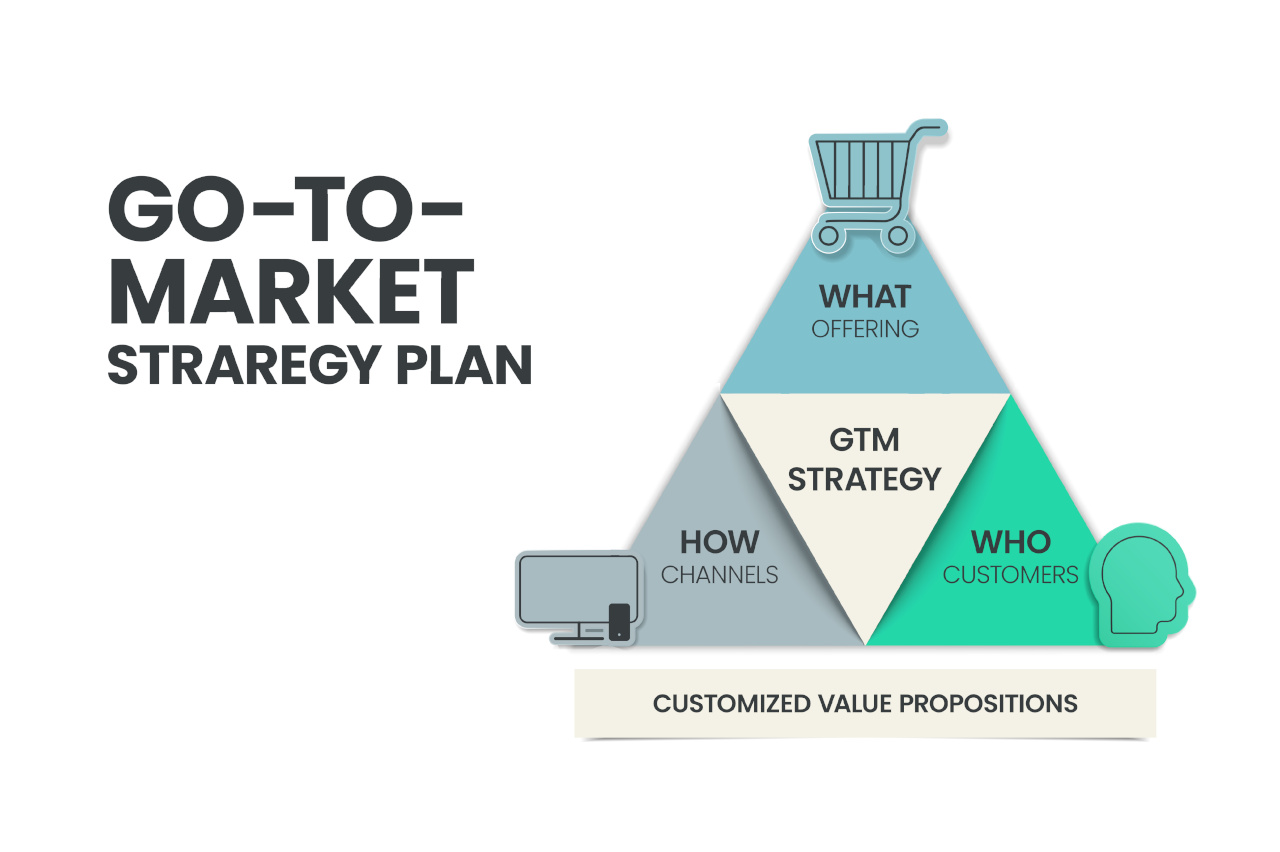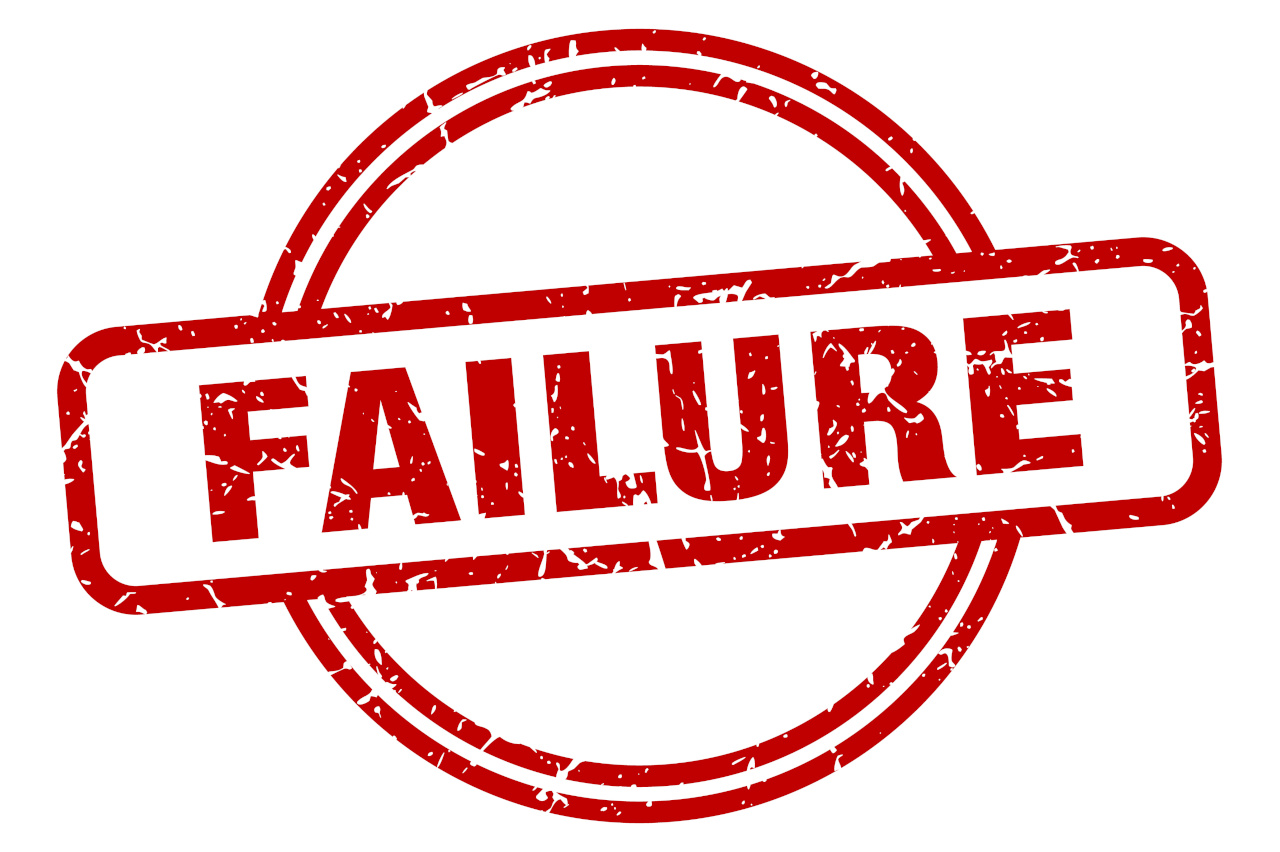A solid go-to-market (GTM) strategy is essential for success for startups and small MSP companies. Your GTM strategy is your plan for how you will sell your product to your target customers. It involves understanding your market, defining your value proposition, and crafting a plan to reach and convince potential customers to buy your product. Below, we outline key steps and considerations for creating an effective GTM strategy, complete with dos and don’ts, and provide real-world examples to illustrate these points.

Step 1: Understand Your Market and Customer:
Do: Conduct thorough market research. Understand who your customers are, their pain points, and how your product can solve their problems. Segment your market to tailor your marketing and sales efforts.
Don’t: Make assumptions about your market or customers. Basing your strategy on unvalidated assumptions can lead to misalignment and missed opportunities.
Example: When Dropbox first launched, they created a simple explainer video that clearly articulated the problem they were solving—making it easy to share large files. This video resonated with their target audience, leading to a significant uptick in user sign-ups.
Step 2: Define Your Unique Value Proposition:
Do: Clearly articulate what makes your product unique and why customers should choose it over competitors. Your value proposition should address the specific needs and pain points of your target customers.
Don’t: Be vague or overly technical. Your value proposition should be easily understood by your target audience and clearly highlight the benefits of your product.
Example: Slack's value proposition focuses on streamlining team communication and collaboration, which they effectively communicated through their tagline, “Where work happens.” This clarity helped them rapidly gain traction in a crowded market.
Step 3: Choose Your Sales and Marketing Channels:
Do: Select channels that align with where your target customers are most likely to be. Consider a mix of digital marketing, content marketing, social media, direct sales, and partnerships.
Don’t: Spread yourself too thin by trying to be everywhere at once. Focus on the channels that offer the best ROI for your efforts and resources.
Example: HubSpot utilized content marketing effectively by creating valuable blog content, e-books, and webinars that addressed common marketing challenges. This not only drove traffic to their website but also established them as thought leaders in the marketing automation space.
Step 4: Create a Detailed Marketing and Sales Plan:
Do: Develop a comprehensive plan that outlines your marketing and sales tactics, timelines, budgets, and key performance indicators (KPIs). Ensure that your team is aligned and has clear objectives.
Don’t: Neglect the importance of alignment between your marketing and sales teams. Misalignment can lead to inefficiencies and missed opportunities.
Example: When Atlassian launched Jira, they used a combination of free trials, freemium models, and a strong focus on content marketing to drive awareness and adoption. Their clear plan and consistent execution helped them scale rapidly.
Step 5: Test, Measure, and Iterate:
Do: Implement A/B testing and other measurement tools to track the effectiveness of your marketing and sales efforts. Use data to make informed decisions and iterate on your strategy.
Don’t: Rely solely on vanity metrics such as likes or shares. Focus on metrics that directly impact your business goals, such as conversion rates, customer acquisition cost (CAC), and customer lifetime value (CLV).
Example: Airbnb continuously tests different versions of their website, emails, and ads to optimize user engagement and conversion rates. This data-driven approach has been crucial to their growth.
Dos and Don’ts Summary:
Dos: Conduct thorough market research.
Clearly define your unique value proposition.
Choose the right sales and marketing channels.
Create a detailed marketing and sales plan.
Test, measure, and iterate on your strategy.
Don’ts: Make assumptions about your market or customers.
Be vague or overly technical in your value proposition.
Spread yourself too thin across too many channels.
Neglect alignment between marketing and sales teams.
Rely solely on vanity metrics.
Real-World Example: Zoom’s Go-to-Market Strategy
Zoom, the video conferencing giant, provides a stellar example of a successful GTM strategy. When they launched, they faced stiff competition from established players like Skype and WebEx. Here’s how they approached their GTM strategy:
Understanding the Market and Customer: Zoom identified that existing video conferencing solutions were often unreliable and hard to use. They focused on delivering a product that was easy to use and offered superior video quality.
Value Proposition: Zoom’s value proposition was centered on delivering a frictionless video communication experience with high-quality video, audio, and screen-sharing capabilities.
Sales and Marketing Channels: Zoom utilized a freemium model to attract users, allowing them to use the product for free with limitations. They also leveraged digital marketing, partnerships, and a strong focus on customer success to drive adoption.
Marketing and Sales Plan: Zoom’s plan included targeted digital campaigns, content marketing, and a focus on creating viral growth through word-of-mouth and referrals.
Testing and Iteration: Zoom continuously improved their product based on user feedback and usage data, ensuring they stayed ahead of competitors.
Summary
In conclusion, a well-crafted go-to-market strategy is crucial for tech startups and small IT companies looking to succeed in a competitive landscape. By understanding your market, defining your value proposition, choosing the right channels, creating a detailed plan, and continuously iterating based on data, you can position your company for growth and success. Remember to avoid common pitfalls, such as making assumptions or neglecting team alignment, to maximize the effectiveness of your strategy.
Also see how MSP Scalerz can help with developing a product-market fit and putting together an offshore team.














